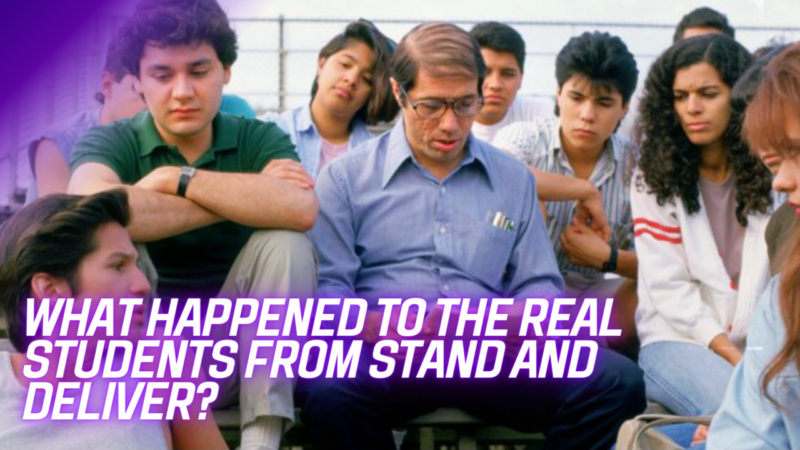DreamWorks Animation: A Journey of Success, Challenges, and Transformation
DreamWorks Animation, a renowned animation studio, has left an indelible mark on the entertainment industry. With its unique storytelling, cutting-edge animation techniques, and memorable characters, DreamWorks has captivated audiences worldwide. However, the journey to success has not been without its fair share of challenges and transformations. In this article, we will explore what happened to DreamWorks Animation and how it has evolved over the years.
DreamWorks Animation was founded in 1994 by three industry veterans: Steven Spielberg, Jeffrey Katzenberg, and David Geffen. The studio’s mission was to create high-quality animated films that would rival the success of Disney and Pixar. Their first feature film, “Antz,” was released in 1998 and received critical acclaim. However, it was their second film, “Shrek,” that truly put DreamWorks Animation on the map.
“Shrek,” released in 2001, was a game-changer for the animation industry. With its irreverent humor, clever pop culture references, and groundbreaking animation, the film was a massive hit both critically and commercially. It won the first-ever Academy Award for Best Animated Feature and grossed over $484 million worldwide. This success paved the way for DreamWorks Animation to become a major player in the animation industry.
Following the success of “Shrek,” DreamWorks Animation continued to release a string of successful films, including “Madagascar,” “Kung Fu Panda,” and “How to Train Your Dragon.” These films showcased the studio’s ability to create compelling stories that resonated with audiences of all ages. DreamWorks Animation became known for its unique blend of humor, heart, and visually stunning animation.
However, despite its success, DreamWorks Animation faced several challenges along the way. One of the biggest challenges was the rise of competition from other animation studios. Pixar, in particular, emerged as a formidable rival, consistently producing critically acclaimed and commercially successful films. DreamWorks Animation had to constantly innovate and push the boundaries of animation to stay relevant in an increasingly crowded market.
Another challenge that DreamWorks Animation faced was the fluctuating box office performance of its films. While some films, like the “Shrek” and “Kung Fu Panda” franchises, were massive hits, others, such as “Rise of the Guardians” and “Turbo,” underperformed at the box office. These financial setbacks forced the studio to reevaluate its strategies and make necessary changes to ensure its long-term success.
In 2014, DreamWorks Animation underwent a significant transformation. The studio entered into a distribution deal with 20th Century Fox, ending its long-standing partnership with Paramount Pictures. This move allowed DreamWorks Animation to have more control over its distribution and marketing strategies. It also marked a shift in the studio’s focus, as it started to explore new avenues such as television and digital content.
DreamWorks Animation’s foray into television proved to be a successful venture. The studio produced several critically acclaimed animated series, including “The Penguins of Madagascar,” “Dragons: Race to the Edge,” and “Trollhunters.” These series not only expanded the studio’s reach but also allowed it to tell stories in a different format and connect with a broader audience.
In addition to television, DreamWorks Animation also ventured into the world of digital content. The studio launched DreamWorksTV, a YouTube channel featuring original animated content, behind-the-scenes footage, and interactive experiences. This move was aimed at engaging with younger audiences who consume content primarily through digital platforms.
DreamWorks Animation’s transformation continued in 2016 when it was acquired by Comcast’s NBCUniversal. This acquisition provided the studio with the resources and support needed to continue producing high-quality animated films and expand its global reach. Under NBCUniversal’s ownership, DreamWorks Animation released films like “Trolls,” “The Boss Baby,” and “How to Train Your Dragon: The Hidden World,” all of which were well-received by audiences and critics alike.
Today, DreamWorks Animation is a powerhouse in the animation industry. With a diverse slate of films and television series, the studio continues to push the boundaries of storytelling and animation. Its commitment to innovation, coupled with its ability to create compelling characters and narratives, has solidified its position as one of the leading animation studios in the world.
In conclusion, DreamWorks Animation’s journey has been one of success, challenges, and transformation. From its humble beginnings to its current status as a global animation powerhouse, the studio has overcome numerous obstacles and evolved to stay relevant in an ever-changing industry. With its unique storytelling and visually stunning animation, DreamWorks Animation continues to captivate audiences and inspire future generations of animators and storytellers.







